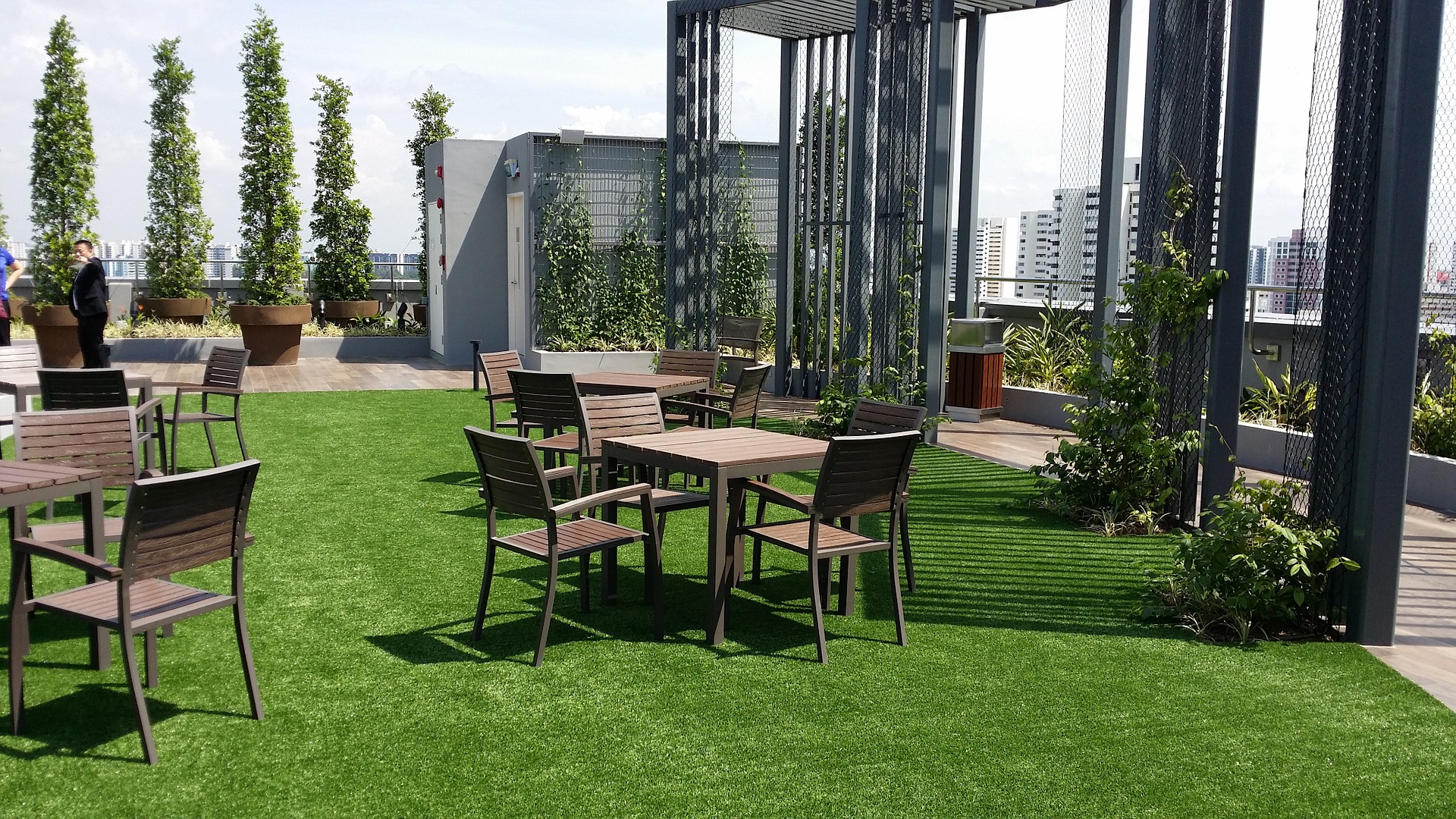ORIGINAL: UrbanVine
by Urban Vine
5.30.16

In urban areas with limited space, rooftops are a popular choice for not only outdoor gardens and farms but also indoor farms. Beyond the obvious space advantages to rooftop farming, there are several other reasons why rooftops are more advantageous for agricultural production.
 |
| Urban agriculture implementation will have different limits in different geographical areas of the world. |
As the world population residing in urban areas is projected to nearly double by 2050, these trends will become increasingly vital to fresh food production in urban areas.
1. Access to rainwater
Depending on roof coverage, agricultural units on urban roofs can retain up to 90% of rainwater that can be used to cultivate production and growth. With the average rainfallin the United States being over 700 mm per year, as an example, rooftop urban agriculture has a distinct advantage over other forms of urban crop growing as far as water access goes.
2. Ample expansion space
As previously mentioned, rooftops are first and foremost ideal for urban agriculture due to their space potential. According to American Rivers, there is over 4.85 trillion sq ft of roof space in areas with populations above 50,000 people in the United States alone, and currently less than .1% is utilized, despite over 25% growth year over year for urban agriculture on rooftops since 2010.
3. Decreased likelihood of pest interference
Since the beginning of agriculture, pests have been a continual and evolving challenge for growers. Although rooftop agriculture placement is not a complete cure-all as far as pest prevention goes, rooftops may be less susceptible to issues such as rodent infestation. Beyond specifically pest interference, there is generally less risk of any interference in general on rooftop agricultural operations.
4. Potential Air Flow Benefits
Urban and greenhouse farming research from the University of Massachusetts at Amherst points out that maintaining horizontal air flow in greenhouses with the use of fans is important for improving quality of the products grown in the greenhouse. Depending on the geographical location of outdoor urban rooftop farms, natural air flow conditions may provide similar benefits to crop production that fans would provide in a greenhouse. According the UMass research, "During daylight hours, photosynthesis depletes the carbon dioxide that is in the boundary layer of air next to the leaf. Moving air will replace this depleted air with fresh air having a higher carbon dioxide content".
5. Effect of urban noise on urban rooftop plant growth
Botanical studies from as early as 1962, have shown that ambient sound can have a positive effect on the production of agriculture. In fact, the difference in plant health between those grown with sound and those grown without sound has in some instances not even been close, with plants cultivated in the presence of ambient sound having growth acceleration in excess of 20% and increased biomass of 78%.
But how much more sound is present on an urban rooftop than a rural plot of farmland?According to Engineering Toolbox, the level of audible sound in rural wilderness areas tends to average to about 30-40 dBA whereas average sound levels in urban areas will usually approximately 85-90 dBA .
For these reasons, urban rooftops may be the best place to start with an urban farm.
 |
| Source: Urban Vine Urban Farming Facts |
Explore other small-scale urban agriculture tips and tricks at urbanvine.co/blog
Comments
Post a Comment